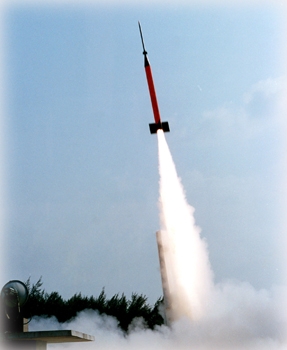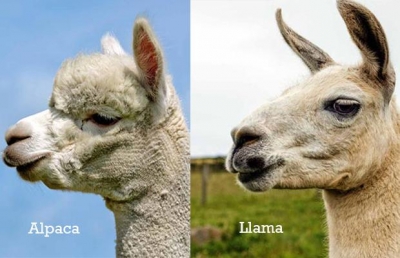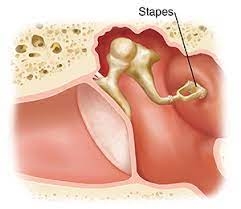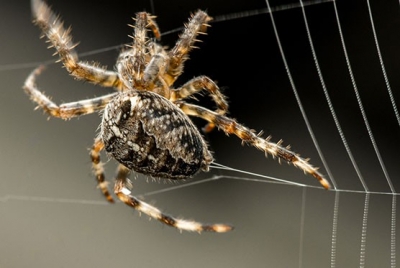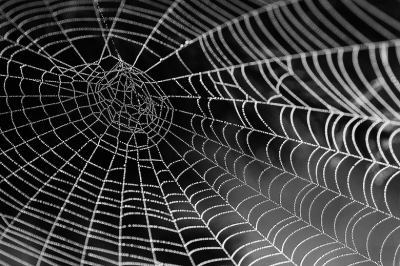
Istanbul, the largest city of Turkey, is in both Europe and Asia. Separated by the Bosphorous Strait, a narrow 31-km waterway that connects the Black Sea with the Sea of Marmara, one part of Istanbul lies in Europe while the other part lies in Asia. The Strait serves as a natural boundary between the continents. Two suspension bridges across the Bosphorous Strait link the two sides.
Istanbul is one of the few cities in the world to be shared by two continents. Examples of other cities that are half-European and half-Asian include the Russian cities of Orenburg and Magnitogorsk, and Atyrau, a city in western Kazakhstan. Similarly, Suez, an Egyptian city straddling the Suez Canal, belongs to both Africa and Asia. But Istanbul is by far the largest, and the only metropolis in the world to do so.
Being the only water route between the Mediterranean Sea and the Black Sea, the Bosphorus has been the site of significant settlements and cities for a long time. Of particular importance is the Golden Horn, an estuary that joins Bosphorus Strait at the immediate point where the strait meets the Sea of Marmara, and forms a large, sheltered harbour. It was here, on the European side of the Bosphorus, that the city of Byzantium (which later became Istanbul) was founded by ancient Greeks around 660 BCE.
Picture Credit : Google



